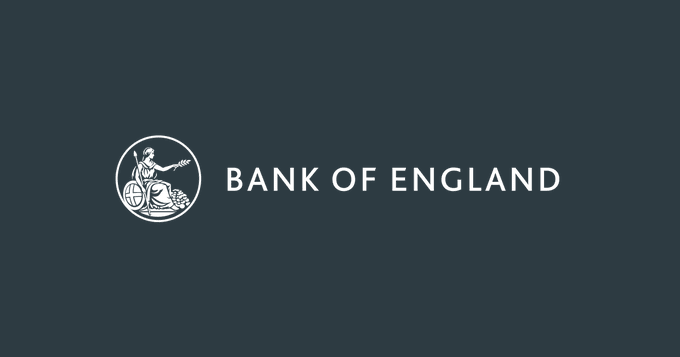A December interest rate cut by the Bank of England (BoE) has become highly probable following the release of October inflation data showing consumer prices rising at a slower pace, according to Nigel Green, chief executive of deVere Group, one of the world’s largest independent financial advisory organisations.
The Consumer Prices Index (CPI) rose by 3.6% in the 12 months to October 2025, down from 3.8% in September, official figures from the Office for National Statistics (ONS) revealed on Wednesday. The decline marks the first easing in inflation after the rate had remained stubbornly elevated at 3.8% for three consecutive months through July, August, and September.
Green’s prediction gains weight from the narrow voting pattern at the BoE’s November Monetary Policy Committee (MPC) meeting, where members voted 5 to 4 to maintain the Bank Rate at 4%. Four members preferred an immediate quarter percentage point reduction to 3.75%, signalling growing appetite within the central bank for monetary easing.
The deVere Group chief executive described the upcoming shift as transformative for financial planning. He noted that when the Bank Rate moves, it changes the baseline assumptions for cash, credit, and capital alike. For savers, he warned that the implications would arrive quickly, with cash held in deposits and fixed term products earning less as reference rates decline.
Green cautioned that savers who remain entirely in cash while inflation stays above target and interest rates fall are likely to see real returns erode. With inflation still at 3.6% and deposit yields poised to move downward, the risk of negative real returns looms large for those unwilling to adjust their strategies.
For investors, however, the dynamic differs considerably. A lower Bank Rate reduces the discount applied to future earnings, altering valuations across equities, bonds, and real assets. Green emphasised that a policy step of this kind lifts the value of future cash flows, and that early movers in such environments stand to benefit while those clinging to yesterday’s assumptions may find themselves late to the party.
Various asset classes typically attract interest at the onset of an easing cycle. Long duration equities, infrastructure investments, real estate plays, and selected credit instruments are among the segments that could see heightened attention, though Green stressed that firms and investors must still manage fundamentals and timing carefully.
The macroeconomic backdrop provides substantial justification for monetary loosening. The BoE has judged that inflation has peaked and noted growing slack in the labour market even as wage growth moderates. With economic growth weak at just 0.1% in the third quarter of 2025, consumption subdued, and business investment muted, the environment aligns strongly with a rate cut narrative.
Market pricing supports expectations of imminent action. A Reuters poll conducted between 13 and 18 November found that nearly 80% of economists surveyed, representing 48 of 61 respondents, expect the BoE will cut the Bank Rate by 25 basis points at its 18 December meeting. Interest rate futures have almost completely priced in a December reduction.
The October inflation figures showed cooling across several categories. Housing and utilities prices rose 5.2% compared with 7.3% previously, while gas prices increased by just 2.1% versus 13% in September and electricity by 2.7% versus 8%. The slowdown reflected changes to the Office of Gas and Electricity Markets (Ofgem) energy price cap implemented in October 2025.
Core inflation, which excludes volatile food and energy prices, eased to 3.4% from 3.5% in September. Services inflation, a metric the BoE watches closely as an indicator of domestic price pressures, dipped to 4.5% from 4.7%. However, food and non alcoholic beverages inflation accelerated to 4.9% from 4.5%, partially offsetting the broader cooling trend.
Green advised savers to review the composition of their holdings ahead of the anticipated shift. While cash remains necessary for short term needs, he suggested that surplus funds should be directed toward investments where real yields can recover ahead of inflation.
The deVere chief also cautioned that falling policy rates do not erase investment risk. He noted that lower rates alter the framework but do not replace rigorous selection. The repricing begins when a cut is expected rather than when it happens, meaning that those who wait may see the move priced in ahead of them.
Currency and global flow effects add further considerations for investors. Green pointed out that a UK rate cut could weaken sterling, impacting international holdings and export sensitive companies.
The BoE’s December meeting concludes on 18 December, with Governor Andrew Bailey’s vote potentially proving decisive once again. The central bank has cut rates five times since August 2024, bringing the Bank Rate down from its peak of 5.25% to the current 4%. Should policymakers proceed with a December reduction, the rate would fall to 3.75%, continuing what the BoE has described as a gradual downward path.
Green concluded that the likely December rate reduction marks a transition point. For savers, this represents a challenge; for investors, it means opportunity for those who act with insight.
